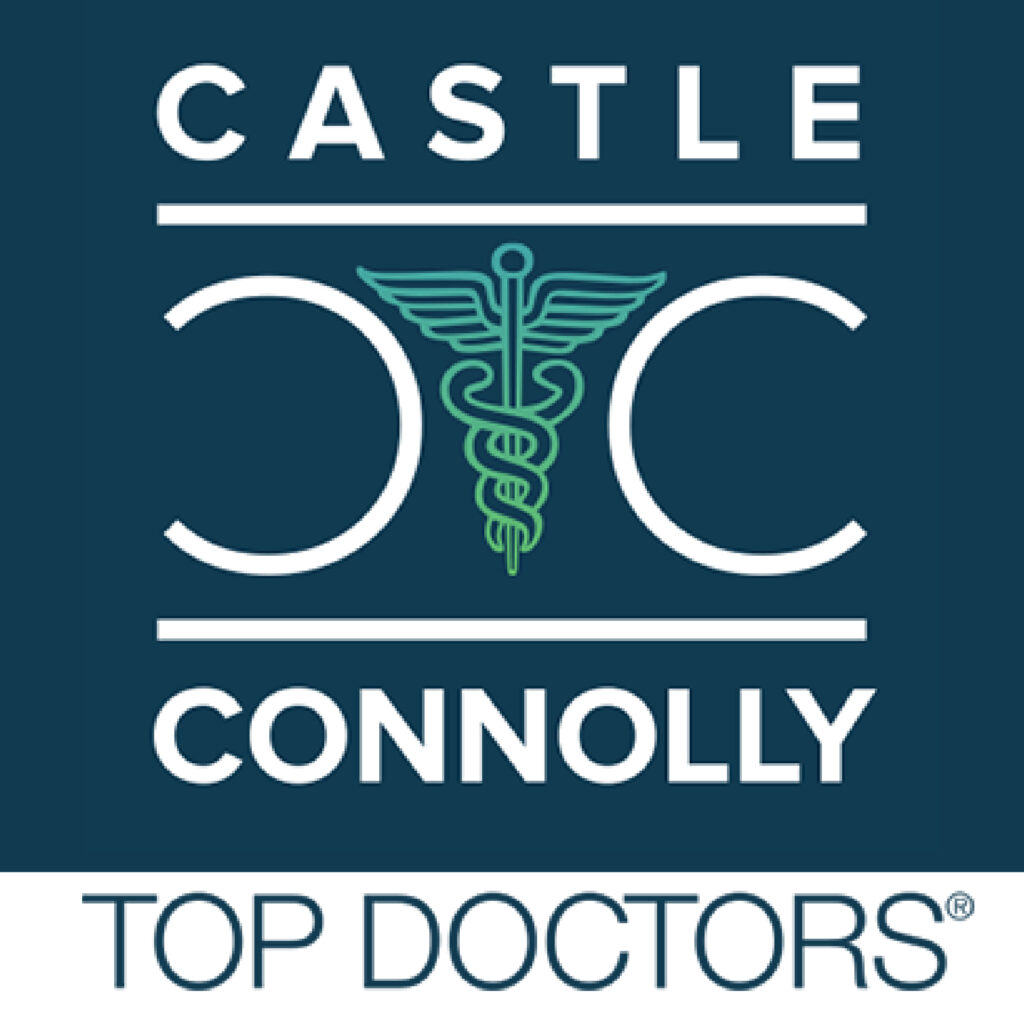“No pain means no gain” may be a phrase commonly heard around the gym to motivate and inspire you throughout your workout. However, following this mantra may be doing more harm than good when it comes to your muscles, bones and joints. Below are 3 signs that your workout may be harmful in both the short term and long term.
1. You’re Still Sore Days After Your Workout
In most instances, Delayed Onset Muscle Soreness (DOMS) is the result of tiny tears in the tissue and typically subsides in 24-48 hours. While mild soreness is sometimes just part of the process, the duration and severity of this soreness is what can tell you whether or not you’re damaging your muscles and ligaments. If symptoms do not resolve after a day or two, it may be a sign of a more serious injury such as a tear or inflammation of the muscles or ligaments.
2. Sudden Sharp Pain During Your Workout
A sharp pain is your body’s way of signaling trouble in the ligaments or joints. In many cases, this sudden pain occurs during heavy lifting such as bench-pressing or squats due to the joints being overloaded with weight. This also can be a sign a more significant injury to cartilage or tendons. If you do feel a sudden pain, it is important not to try to “push through it” as you may make the injury worse by continuing to stretch or damage the ligament or joint.
3. Your Ankles or Knees Are Swollen After Running
Most fitness fanatics would agree that cardio is an essential part of the workout routine as it helps you burn calories and fat. But, if your knees or ankles are baring the brunt of the pain, it may be a sign you need to slow down. Persistent pain can be a sign of an injury such as shin splints or Runner’s Knee. Swelling of a joint can be a sign of cartilage damage. If addressed early, these injuries can be managed with rest and activity modification. But, trying to continue a rigorous cardio regimen can exacerbate these injuries and lead to more complex injuries.
If you are suffering from muscle or joint pain, the physicians at Total Orthopedics and Sports Medicine focus on both the surgical and non-surgical treatment of bone and joint injuries and are one of the most innovative orthopedic practices in the area. Dr. Charles Ruotolo, President of Total Orthopedics and Sports Medicine, has published several peer-reviewed studies on orthopedic care and orthopedic surgery.
Fortunately, many patients can be treated non-surgically with a combination of conservative modalities coordinated by the Total Orthopedics and Sports Medicine Team. If surgery is necessary, the practice uses a multidisciplinary approach to create a treatment plan that focuses on the patient’s lifestyle and activities and helps them get back to those activities quickly and effectively. Total Orthopedics and Sports Medicine has locations throughout Long Island and Manhattan.







 Website Design by
Website Design by